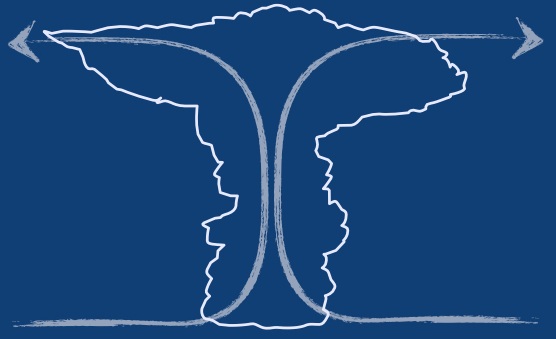Course Outline:
This course provides an advanced treatment of the fundamentals of tropical meteorology. Students will be introduced to the major drivers of tropical circulations, including moist deep convection, weak temperature approximation, and quasi-equilibrium. Emphasis will be placed on understanding the physical processes that make deep convection and weak temperature gradient balance so important in the first place. The class will then follow by a through discussion of the mean circulations: the Intertropical Convergence Zone, the monsoons and the Hadley Cell, followed by a discussion of tropical transients such as easterly waves, the Madden-Julian Oscillation and tropical cyclones, The course includes in-class discussions, group exercises and homework problems that help develop the mathematical foundation and physical intuition necessary to understand the physics of the tropical atmosphere. Discussion of meteorological maps will be included, and students will learn how to use these maps to simplify the equations of motion and develop their physical understanding of the drivers of the phenomena discussed in these maps.
The course is divided into three parts:
Tropical deep convection: Review of moist thermodynamics, quasi-equilibrium principles, convection organization, convective instabilities.
Large-scale tropical circulations: The ITCZ and Hadley Cell, monsoons, ENSO, large-scale tropical waves, the MJO.
Tropical Cyclones: formation, steady state, intensification, and role in the global climate.
Learning Goals:
At the end of this course, the student will have a deep understanding of the modern concepts in tropical meteorology necessary to conduct research in the topic and/or work in the field, including:
Recognize the many ways in which tropical deep convection is fundamental to tropical circulations.
Interpret the meaning and significance of the weak temperature gradient approximation
Recognize the fundamental role water vapor has in the tropics.
Be able to discuss the similarities and differences among different types of tropical motions.
Course Contents
Lecture Slides:
L02: Dynamics and Thermodynamics
L04: Intro to Weak Temperature Gradient Balance
L05: Radiative-Convective Equilibrium
L06: Convective Quasi Equilibrium
L08: Moisture Quasi-Equilibrium
L09: Buoyancy and Deep Convection
L10: Buoyancy and Deep Convection 2
L11: Adjustment towards WTG balance
L12: Adjustment towards WTG balance 2
L17: Paper Discussion on WTG Equations
L20: Paper Discussion on The Stirring Tropics
L21: Moisture Mode Instability
L22: Moisture-Vortex Instability

